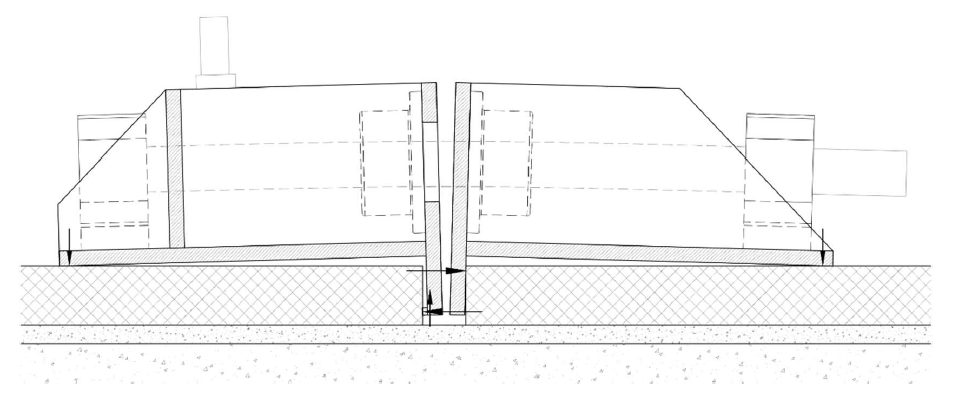Patrick B. Dillon and Gerald A. Dalrymple
Patrick B. Dillon, Project Engineer II, WDP & Associates Consulting Engineers, Inc., Charlottesville, VA, United States, pdillon@wdpa.com
Gerald A. Dalrymple, Principal, WDP & Associates Consulting Engineers, Inc., Manassas, VA, United States, adalrymple@wdpa.com
ABSTRACT
Adhered Masonry Veneer (AMV) has increased in popularity in recent years and is becoming common place both in residential and commercial construction as an alternative to more
conventional anchored veneer systems. However, unlike anchored veneer, AMV material characteristics and installation methods vary considerably based on aesthetic considerations,
manufacturer’s installation requirements, and local installer means and methods. This variability, coupled with detailing and integration challenges on the part of designers and specifiers, has led
to an increase in AMV adhesion failures and durability problems. Loss of veneer adhesion has been observed to be one of the principal causes of AMV failure. For over two decades, the TMS 402 prescriptive provisions have included requirements for the bond between the units and backing to develop a minimum shear strength of 50 psi. However, until recently there was no standardized test method for verifying the shear bond strength of installed AMV assemblies in the field. ASTM International recently published a new standard, ASTM C1823, for testing the in-situ shear bond strength of adhered dimension stone. This paper presents a discussion regarding the unique aspects of AMV testing that are not addressed in ASTM C1823 and provides recommendations for those seeking to adapt the methodology of ASTM C1823 for testing adhered masonry veneer.
KEYWORDS: adhered masonry veneer, ASTM C1823, field testing, quality control, shear bond testing



